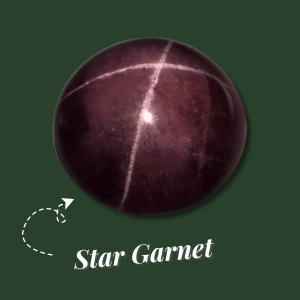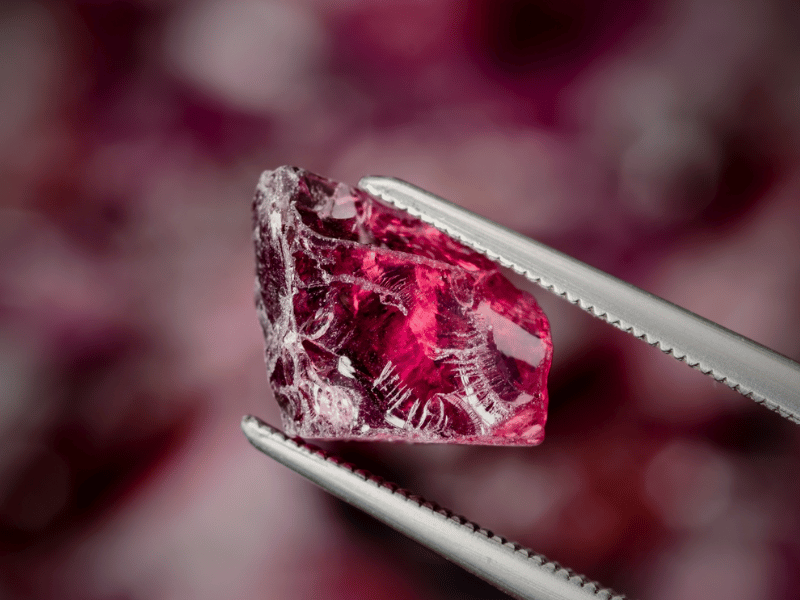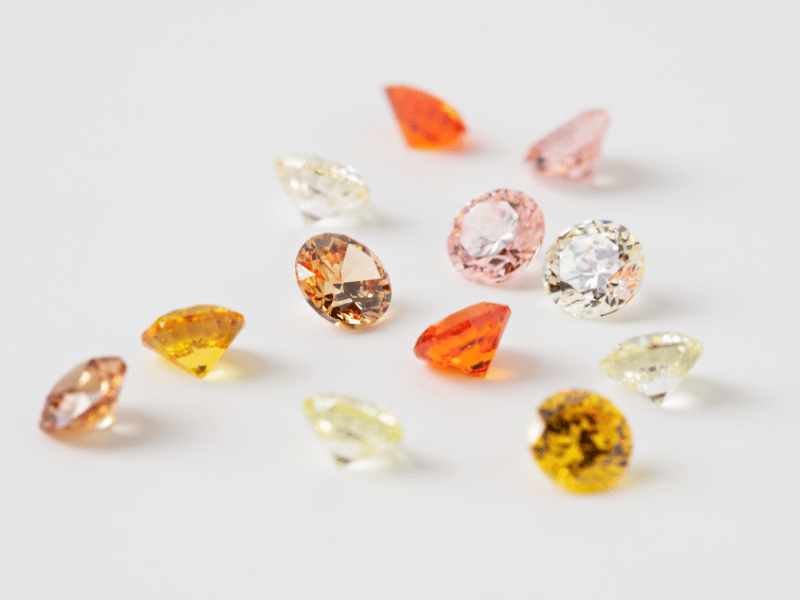Garnet is a very popular natural stone which has been used for thousands of years in jewelry and high-end jewelry. It is a more common gem than corundum, as such, garnet has frequently been used in abrasive powder form, to smooth out and polish other less hard gems like quartz and agates.
Garnets are part of a rather complex family of gems. They come in various types, some profuse and some rare, featuring different colors.
The most common garnets are red garnets, they belong to almandine and pyrope garnets. Among rarer types of garnets are tsavorite (green), spessartite (orange), rhodolite (pink) garnets; but they can also be yellow, purple, and even blue.
The name of garnet comes from the Latin words malum granatum, referring to pomegranate (or “grain apple”) for its color, but also from granum, meaning grain, to describe its raw shape.
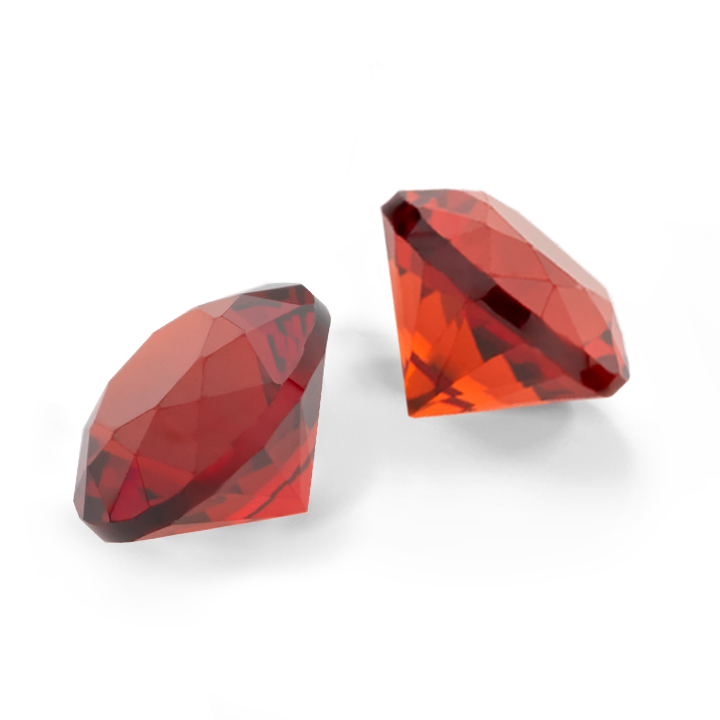
Characteristics of Garnet
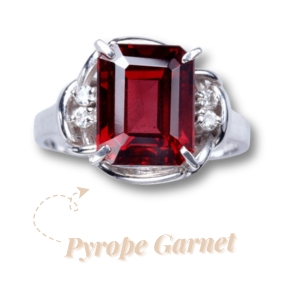
Red garnets are very commonly a variety of almandine or pyrope garnets. They predominantly are aluminum and iron, and/or magnesium silicates (Al3(Fe, Mg)2(SiO4)3).
Gemmologists will often speak about “continuous series of garnets”: this means that the composition of one type of garnet is similar to another, but there are other types in between those two.
The pyralmandine (rhodolite) garnet for instance, is both a pyrope garnet, and an almandine garnet: its chemical composition is comprised between those two varieties.
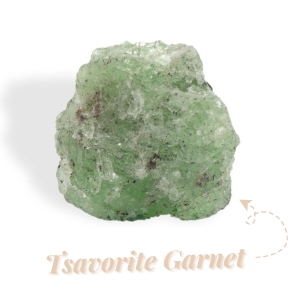
Red garnets are known since thousands of years, but some other very valued varieties have been discovered much more recently.
This is the case for spessartite garnet and its gorgeous orange color, discovered in 1832 in Spessart, Germany. Even more recently, in 1967, green tsavorite garnets were discovered in the national park of Tsavo, Kenya.
Physical Properties of Garnet
Its Hardness
Since there are many different types of garnets, their physical properties can slightly vary from one variety to the other.
The vast family of garnets has a hardness ranging between 6.5 and 7.5.
The hardness of red garnets (pyrope and almandine) is generally 7.5, which means a garnet will scratch quartz, but will be scratched by topaz.
Its Density
The density of garnets is variable too. It is generally assessed between 3.60 et 4.20; garnet is therefore a particularly dense gem.
Its Resistance
All garnets offer good mechanical strength and chemical resistance.
Most of them are not quite sensitive to heat, they have good thermal resistance. There could be color variations in some cases though, whenever garnet is exposed to a temperature exceeding 250°C.
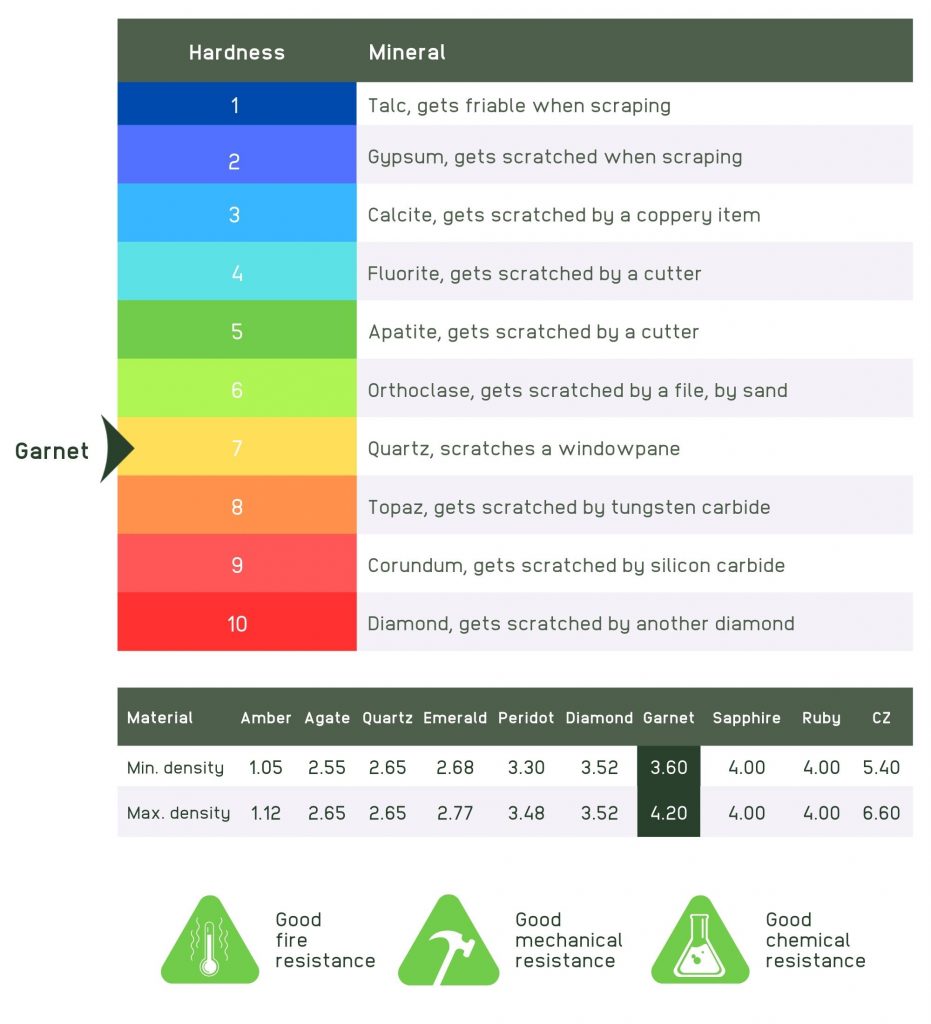
It is worth keeping in mind though that garnets displaying too many inclusions will tend to be more sensitive to chocks, both mechanical and thermal.
Deposits of Garnet

Red garnets (almandine in particular) are distributed on all the continents of the world. Some deposits are more valued than others, depending on the varieties of garnets they offer.
The 4 main supplier countries of red garnets (almandine or pyrope) are: Sri Lanka, India, Madagascar, and Tanzania.
Other deposits exist in a lot more other countries, among which are Brazil or Australia but also Canada, the United States of America, Russia, China, Mongolia, Myanmar, Kenya, as well as a large area in Europe covering Czech Republic, Austria, and Germany.
Facts about Garnet
Some synthetic stones are called Garnet though their chemical composition differs from that of natural garnets.
They will share the same crystal structure only. As an example, YAG (Yttrium and Aluminum Garnet) is a synthetic stone used in various industries for its optical properties, as well as in jewelry for its vivid colors.
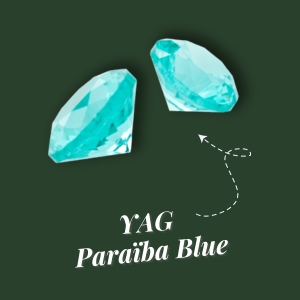
Some garnets can exhibit a peculiar light effect called “star” caused by inclusions of rutile needles.
Those inclusions reflect the light and produce a 4-rayed or 6-rayed star which can be seen with the naked eye.
Star garnets are generally cut in cabochon to show this light effect off.
